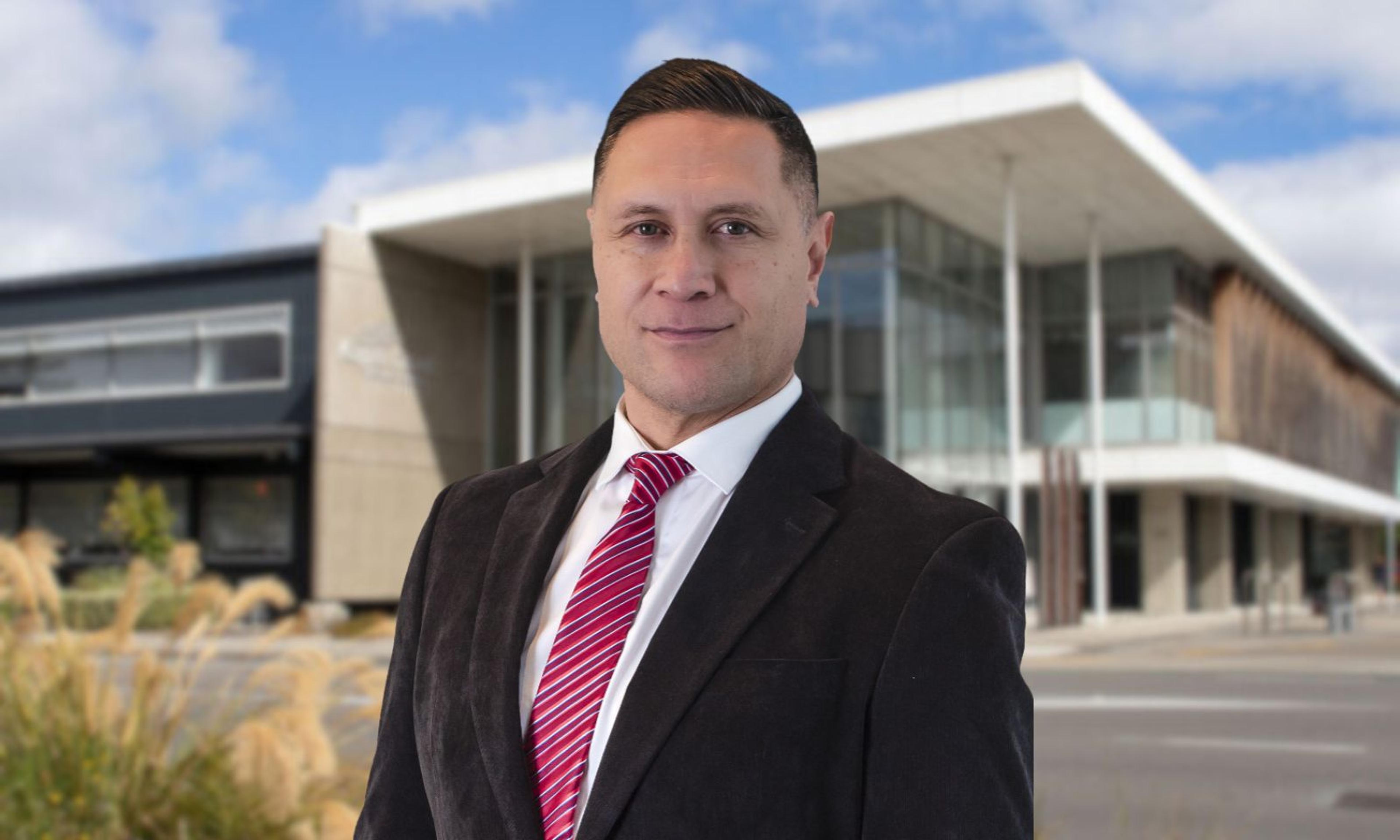
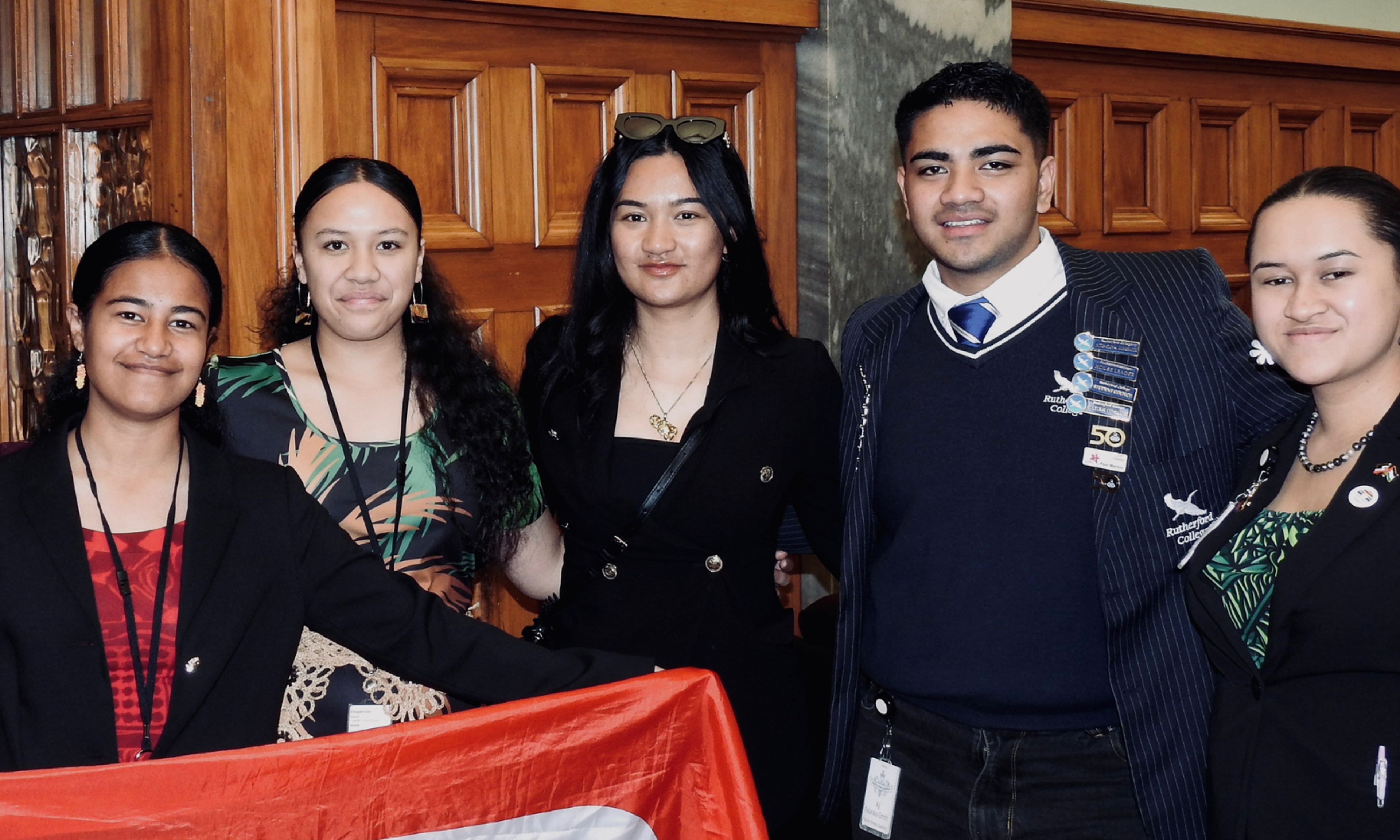
From left, Kenahemana Hekau, Jessica Tupai, MP Hana-Rāwhiti Maipi-Clarke, AJ Muliaga, and Kaiata Kaitao.
Photo/supplied
Pacific Youth Press Gallery member calls out overlooked protests at Parliament
AJ Muliaga highlights the media’s narrow focus on censorship, calling attention to issues of divisive rhetoric sparking racial tension.


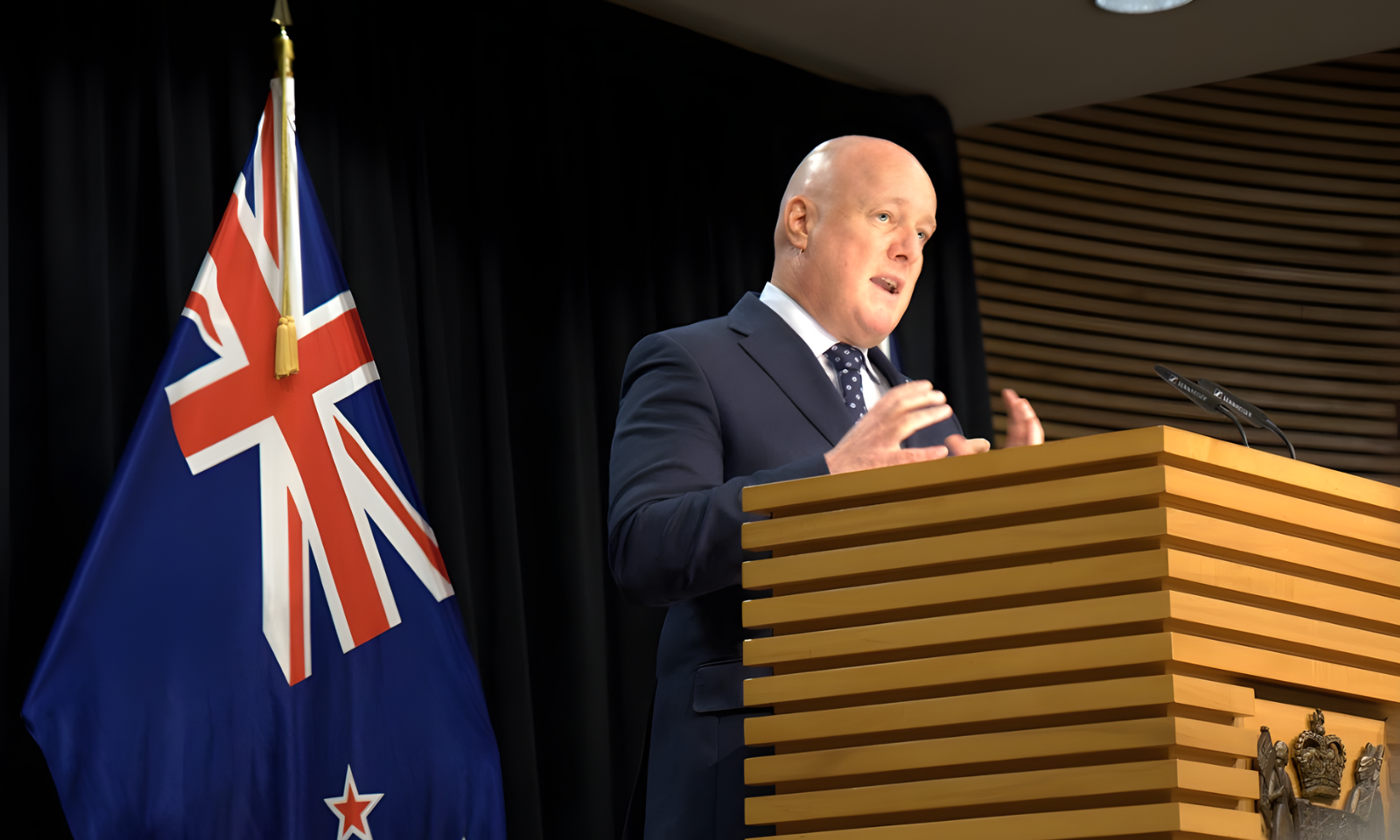
Luxon rules out merging Ministry for Pacific Peoples this term
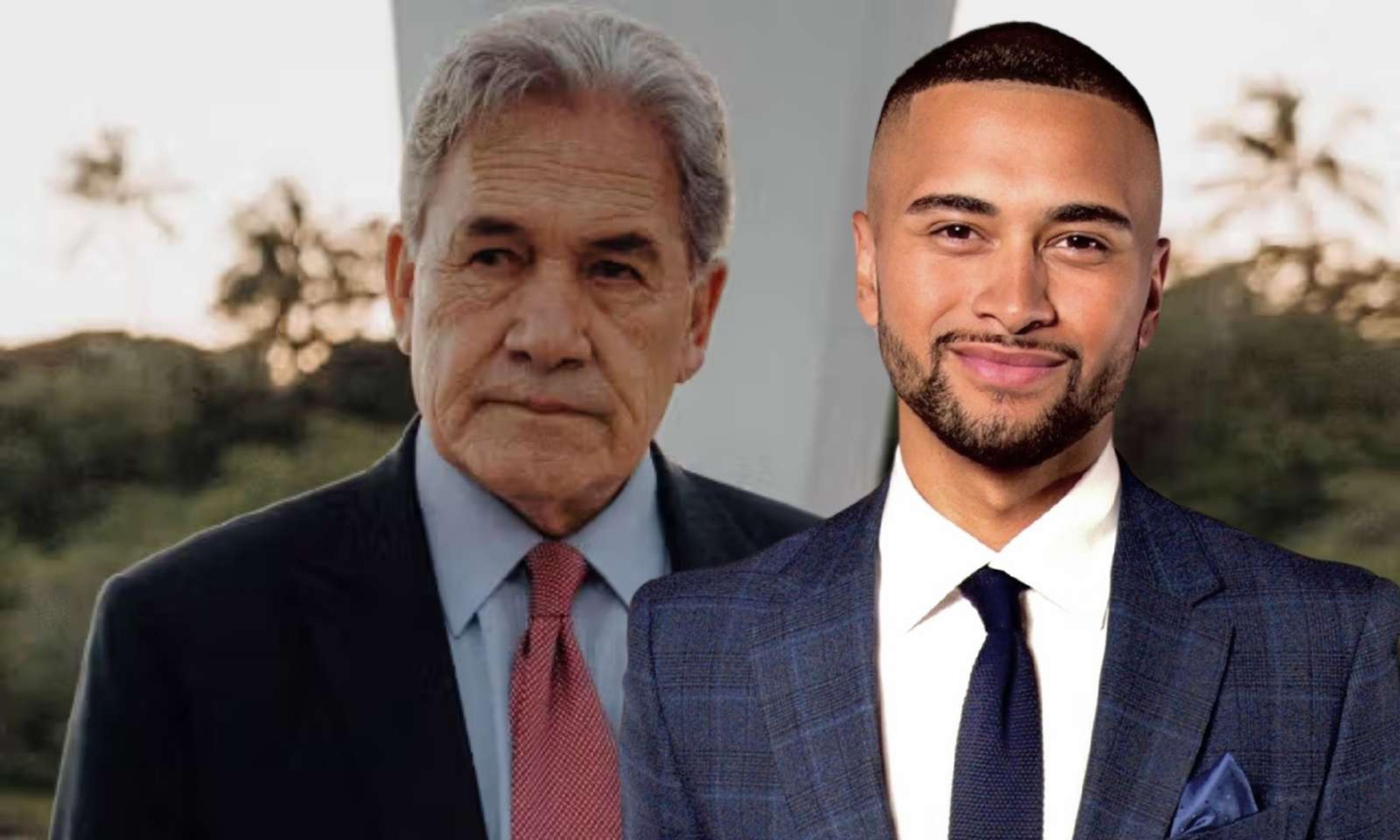
Will’s Word: Winston Peters calls for Pacific-first foreign policy focus

685 to the World: A new digital home for Sāmoan creatives



Luxon rules out merging Ministry for Pacific Peoples this term

Will’s Word: Winston Peters calls for Pacific-first foreign policy focus

685 to the World: A new digital home for Sāmoan creatives
A member of the Youth Press Gallery says that despite being advertised as non-partisan, Youth Parliament was anything but neutral.
Silent protests and concerns about censorship dominated the event.
AJ Muliaga, who has a keen interest in journalism and politics, is a prefect at West Auckland’s Rutherford College and is passionate about advocating for Pasifika communities.
As the only Pacific representative in the Youth Press Gallery at Youth Parliament 2025, Muliaga faced various challenges but remained committed to fostering connections with other Pasifika attendees.
“I was definitely intimidated, like being the only Pasifika person. But because we had a strong Pasifika community that we built before we went into Parliament, I didn't feel as alienated as I thought I would,” he says.
Youth Parliament 2025 featured the highest proportion of Pacific Youth MPs to date, 14 Youth MPs and Muliaga among the 20-member Press Gallery.
News coverage of Youth Parliament 2025 focussed primarily on concerns from Youth MPs and the leader of the opposition over perceived censorship by the Ministry of Youth Development around critical rhetoric aimed at the coalition government’s policies.
Despite these concerns, the Minister of Youth, James Meager, stood by their processes, insisting they were consistent with those of previous Youth Parliaments and crucial for ensuring the safety of Youth MPs.
Muliaga says that while Youth Parliament is supposed to be non-partisan, many Youth MPs have taken it upon themselves to promote sometimes controversial issues, reflecting the divisions between the opposition and the coalition government.
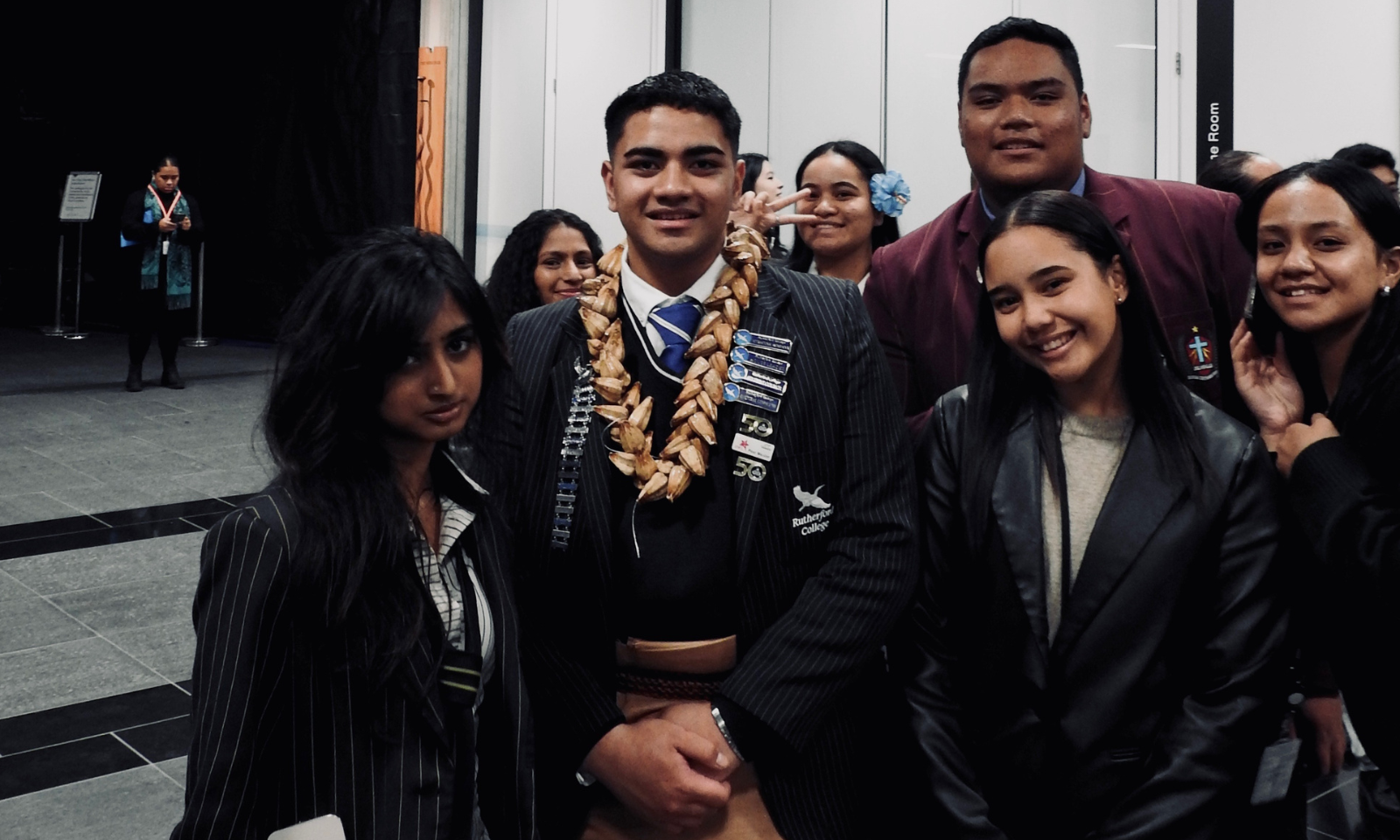
AJ Muliaga found connection and belonging in Parliament through the Pacific Youth MP's. Photo/supplied
A silent protest was sparked in the House by a Youth MP’s general debate speech that criticised race-based scholarships for Māori and Pasifika.
“That stood out to us. It caused a silent protest where there were tino rangatira flags being flown around. We had Bibles being put on our desks,” Muliaga says.
“There was definitely a sense of division in the chambers. But that was only the second incident. The first one, we were told that Pasifika and Māori need to start being grateful for what the government was already doing for us.”
Muliaga says Pasifika Youth MPs used their platform to oppose government policies that don’t improve the wellbeing of Pacific communities across Aotearoa New Zealand.
“It got really critical, like Labour against National, [and] NZ First and ACT against Te Pāti Māori and the Greens,” he says.
“Most of the rangatahi were saying that they don't feel like this Parliament or this new government or the new system that's in really cares about them, especially with the new budget,” he says.
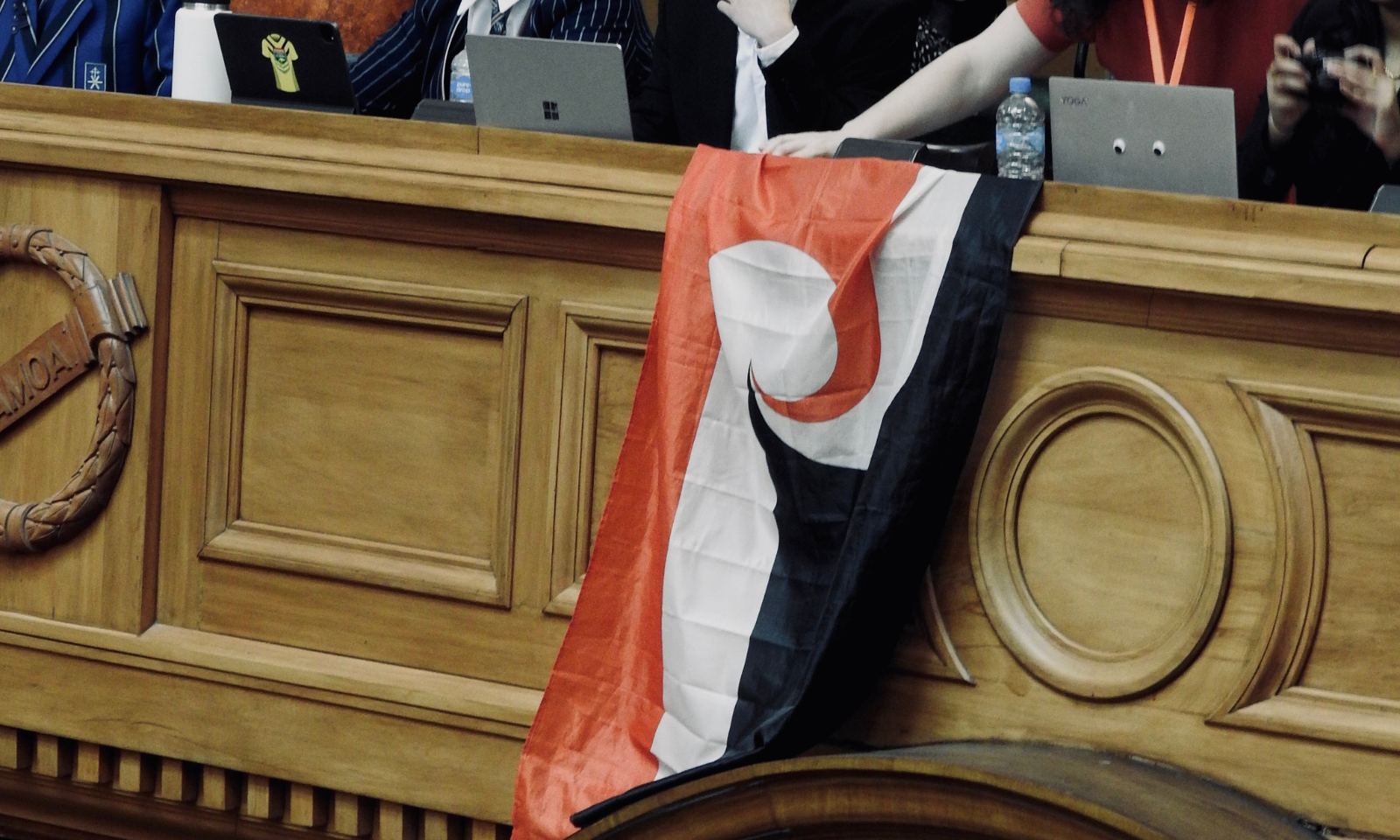
A Tino Rangatiratanga flag draped over the press gallery in the House in silent protest against a Youth MP's speech. Photo/supplied
As the only Pacific member of the Youth Press Gallery, Muliaga felt responsible for representing a diverse range of Pasifika perspectives and criticised the media’s fixation on the issue of censorship at the event.
He says mainstream outlets chose not to cover major issues, such as the silent protest and the divisive nature of some speeches delivered by Youth MPs.
“If there were more of me or more Pasifika people down there, and we all pitched these stories out, more people would be picking it up. There's only one of me trying to portray all of these Pasifika voices,” he says.
“The media kept coming down to cover censorship. However, there was more that happened.”
Youth Parliament is a triennial event that began in 1994 and is facilitated by the Ministry of Youth Development.